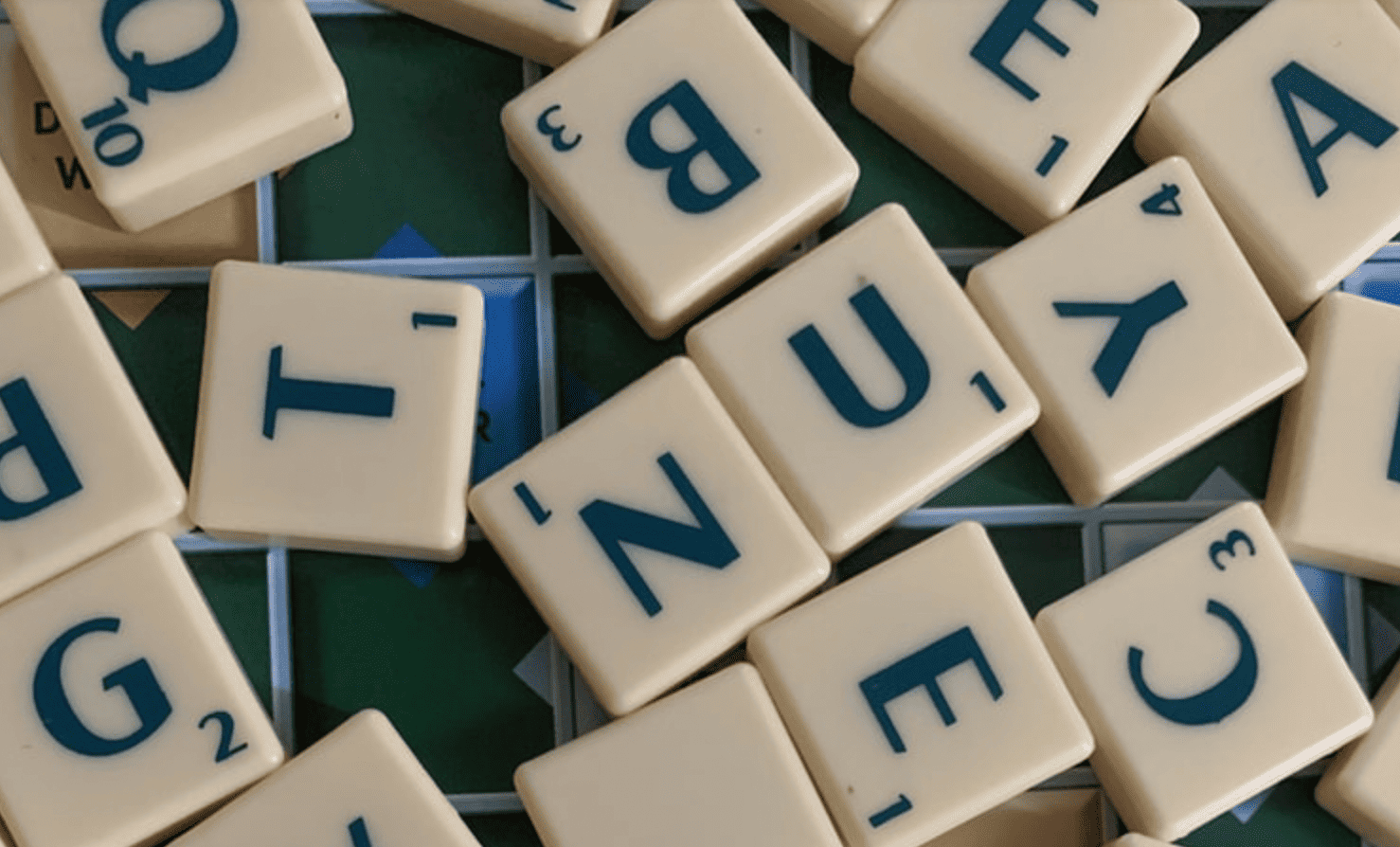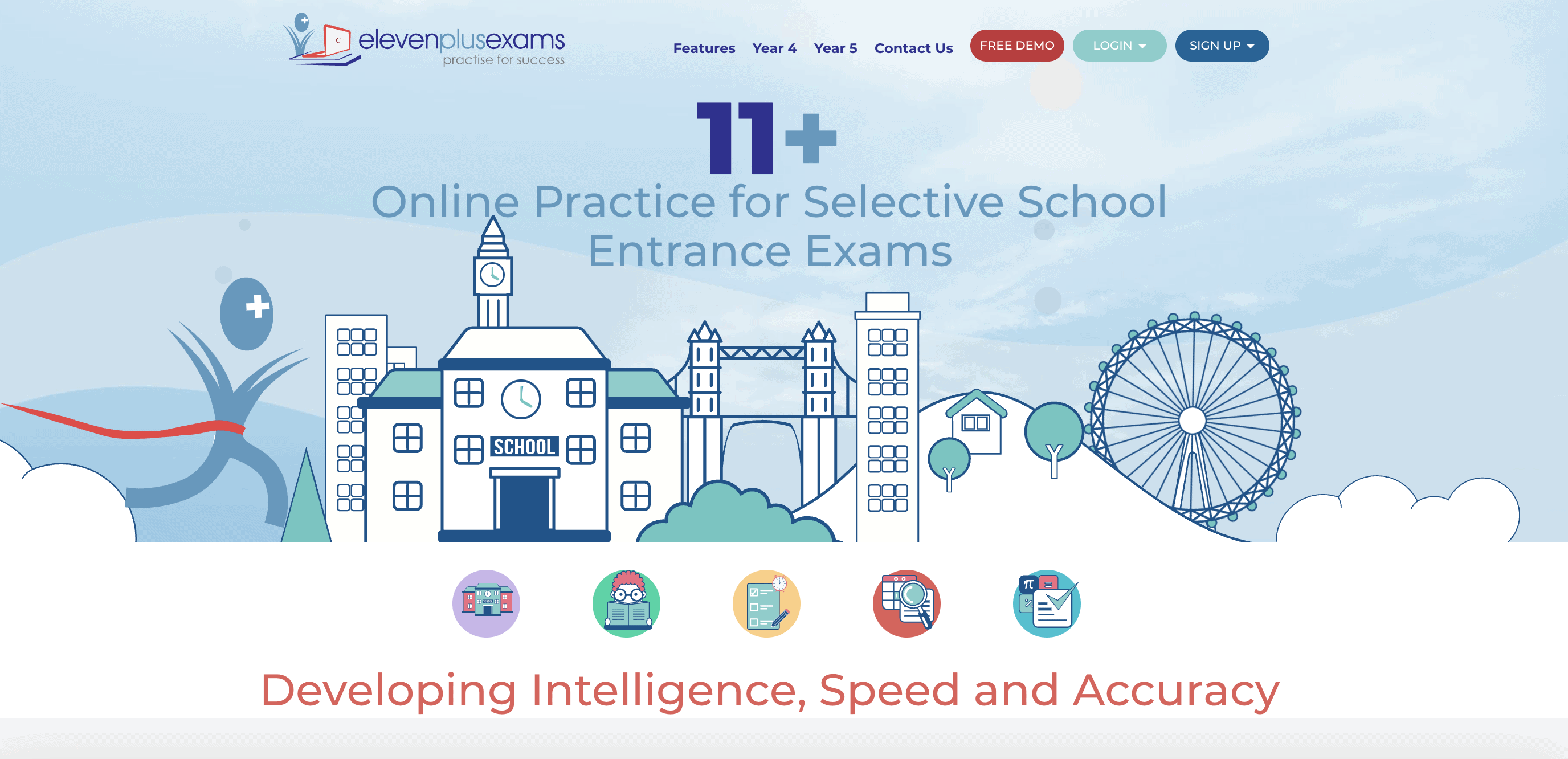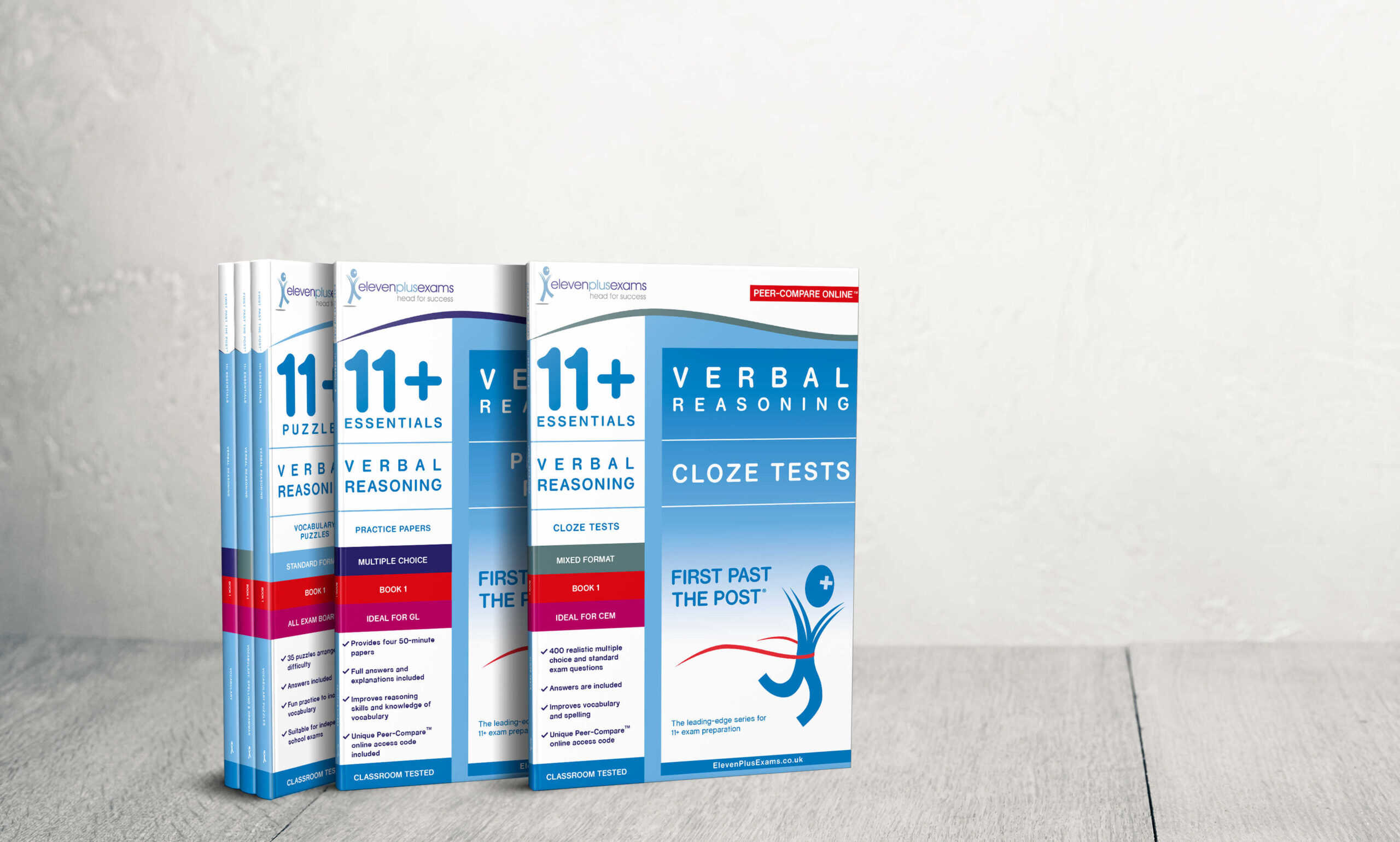11+ Basics: Verbal Reasoning Explained

The 11+ is an examination taken by some school pupils in their last year of primary school to get into a grammar school of their choice. For many parents only just learning about the exam or only just beginning their child’s 11+ campaign, it can be overwhelming to figure out what you and your child can expect from the exam, and where to even begin with their preparation. Fear not – Eleven Plus Exams is providing a crash course on each subject tested in common entrance exams to help ease this confusion.
Most 11+ exams will test some or all of the following subjects:
- English
- Maths
- Verbal reasoning
- Non-verbal reasoning
Students – and parents – need a good grasp of what to expect from the exam for each of these subjects. Even the brightest students who are well out-performing their peers may struggle in the competitive, ever-evolving 11+ exam if they do not know how they will be tested on the subjects they otherwise know so well. For some subjects, like verbal and non-verbal reasoning, there is specialised knowledge to learn that is not covered by the national curriculum.
What is verbal reasoning?
Verbal Reasoning is almost universally used as one of the test papers in the 11+. Like non-verbal reasoning, it is believed to be an effective way of testing a child’s potential, rather than just their learned abilities.
However, learned ability does tend to factor heavily into a child’s success in this subject. While some question types are designed to test a child’s logical deduction skills or their ability to decipher given codes and information, many of the 11+ verbal reasoning question styles require a very strong vocabulary and strong basic maths skills.
Some children may find verbal reasoning comes naturally to them, even if they have never encountered it before. These children will typically be enthusiastic about logic puzzles, crosswords, word searches or sudoku. These types of puzzles can be great informal preparation for verbal reasoning tests!
However, if your child is not naturally inclined towards these things it is still very possible for them to become adept at verbal reasoning as a subject. Like with non-verbal reasoning, students can practise and refine their technique for specific question styles.
What do the questions entail?
There are two main nexus of verbal reasoning questions: vocabulary questions and logic questions. These two styles of questions require different techniques in order to overcome them.
For vocabulary questions, a student needs to know more than just what certain words mean. There are, of course, questions that test this, where students need to recognise synonyms and antonyms, but there are also questions about how words are used in context and about how words look and sound and are spelled.
For logic style questions, as mentioned above, the most important thing is practice. They will come more naturally to some students, but by attempting questions again and again any student can become more familiar with the types of things examiners typically include in papers and are likely to see solutions more quickly.
There is a very wide range of verbal reasoning question types and it’s important to research exactly which question types feature in the papers in your area. The most common verbal reasoning tests in use for the 11+ are those prepared by GL Assessment (formerly NFER) and for that reason Eleven Plus Exams generally provides specific advice on their question types. There are either 15 or 21 question types featured on each paper, although papers using all 21 types are by far the most common. The format of the papers may be either “standard” format (no answer options are provided and the child must work out the answer from scratch) or multiple choice, where five possible answer options are provided on the answer paper.
In areas where the tests are not set by GL Assessment and past papers are not available (such as the Durham CEM test used in Birmingham and Warwickshire, or the Moray House papers used by many Hertfordshire schools) it may be necessary for a student to study a wider variety of VR question types.
VR Question Style Crash Course
This is an “at a glance” summary of each of the 21 types of question to help you recognise them. For more examples and free practice worksheets for each of these question styles, you can visit elevenplusexams.co.uk here.
1. Insert a Letter
In these questions the same letter must fit into both sets of brackets, to complete the word in front of the brackets and begin the word after the brackets.
Example: col (?) ram bel (?) oll
Answer: t [colt, tram, belt, toll]
2. Two Odd Ones Out
Three words are related, find the two words that do NOT go with these three.
Mark them BOTH on the answer sheet.
Example: red white flag blue pole
Answer: flag pole
3. Related Words
The alphabet is here to help you with these questions. You need to work out a different code for each question
Choose the correct answer and mark it on the answer sheet.
A B C D E F G H I J K L M N O P Q R S T U V W X Y Z
Example: If the code for LUCK is JSAI, what does EMMB mean?
Answer: GOOD
4. Closest Meaning
Find TWO words, one from each group that are the CLOSEST in meaning. Mark BOTH words on the answer sheet.
Example: big small rest mean large
Answer: big, large
5. Hidden Word
In each of the following sentences a FOUR letter word is hidden between two words. The two words will always be next to each other. Find the pair of words and mark them on the answer sheet.
Example: The dog was frightened by the noise.
Answer: the noise (then)
6. Missing Word
The word in capitals has had THREE consecutive letters removed, without changing the order of these letters they will make one correctly spelt word. The sentence must make sense. Find the three letter word and mark it on the answer sheet.
Example: The children GATED in the hall.
Answer: HER (gatHERed)
7. Letters for Numbers
Letters stand for numbers. Work out the correct answer to each sum. Mark the relevant LETTER on the answer sheet.
Example:
A = 5, B = 14, C = 12, D = 13, E = 3
What is the answer to the sum, written as a letter?
A + C – E = ?
Answer: B
8. Move a Letter
One letter from the word on the left can be moved to the word on the right, to make TWO new words. The letters must not be rearranged.
Example: beacon vent
Answer: e (bacon and event)
9. Letter Series
A B C D E F G H I J K L M N O P Q R S T U V W X Y Z
The alphabet is given above to help you. Find the pair of letters that will continue the series in the most sensible way. Mark the appropriate pair of letters on the answer sheet.
Example: AT BS CR DQ EP
Answer: FO
10. Word Connections
Find TWO words, ONE from each set of that will complete the sentence in the most sensible way. Mark BOTH words on the answer sheet.
Example: Start is to (begin end today) as end is to (less finish send)
Answer: begin finish
11. Number Series
Find the number that continues the sequence in the most sensible way. Mark the missing number on the answer sheet.
Example: 2 4 6 8 10 ( ? )
Answer: 12
12. Compound Words
Find one word from each group that together makes one correctly spelt word. The letters must not be rearranged. The word from the first group will always be used first. Mark BOTH words on the answer sheet.
Example: (hand finger toe) (sum some sun)
Answer: handsome
13. Make a Word
Find the word that completes the second group in the SAME way as the first group. Mark the word on the answer sheet.
Example:
rags ( ring ) main
line ( ? ) plea
Answer: lean
14. Letter Connections
A B C D E F G H I J K L M N O P Q R S T U V W X Y Z
The alphabet is here to help you with these questions. Find the letters that will complete the sentence in the best way. Mark BOTH letters on the answer sheet.
Example: QQ is to NK
as HH is to ( ? )
Answer: EB
15. Reading Information
Students must read and process given information in order to answer a question.
Example: Mr Brown, Mr Yellow and Mr Red left home at 7.30 a.m. It took Mr Yellow 45 minutes to get to work, 15 minutes longer than Mr Red. Mr Brown took 10 minutes longer than Mr Red to get to work.
If the above statement is true, only one of the following statements is true.
A. Mr Yellow left after Mr Red.
B. Mr Brown and Mr Red both took 30 minutes to get to work.
C. Mr Yellow arrived at work at 8.30 a.m.
D. Mr Brown arrived at work 10 minutes after Mr Red.
E. Mr Brown arrived at work 10 minutes before Mr Red.
Answer: D
16. Opposite Meaning
Find TWO words, one from each group, that are the most OPPOSITE in meaning.
Mark BOTH words on the answer sheet.
Example: (good luck today) (wish charm bad)
Answer: good, bad
17. Complete the Sum
Find the number that will complete the sum correctly. Mark the missing number on the answer sheet.
Example: 26 + 7 = 18 + ?
Answer: 15
18. Related Numbers
The numbers in each group are related in the SAME way. Find the missing number and mark it on the answer sheet.
Example: (4 [ 10 ] 6) (13 [ 27 ] 14)
(16 [ ? ] 8)
Answer: 24
19. Word-Number Codes
In these questions there are four words. Three of the words have been given a code. The codes are not written in the same order as the words. Work out the correct answers and mark then on the answer sheet.
Example:
slow west sale rent
8214 1368 1932
What is the code for LAST?
Answer: 3914
What does the code 2821 mean?
Answer: EWES
20. Complete the Word
Find the word that completes the third pair of words in SAME way as the first two pairs. Mark the appropriate word on the answer sheet.
Example: timed ( dim ) timer ( rim ) deals ( ? )
Answer: sea
21. Same Meaning
One word from the answer sheet will go equally well with BOTH pairs of words. Mark the appropriate word on the answer sheet.
Example: (globe, planet)
(soil, mud)
Answer options: brown ground pluto circle earth
Answer: earth
How can I practise verbal reasoning at home?
Verbal reasoning is generally not specifically taught at school, so it is important to focus on this aspect of a child’s 11+ preparation at home if they are hoping to apply to a school that will test them on this subject.
You can assess the content of different authors’ papers by downloading their sample papers for free here.
For more free resources and practice questions, you can visit elevenplusexams.co.uk here.
You can also find more advice on which practice materials parents have used successfully in these areas on the relevant regional sections of our 11+ Forum.
Take a look at some of our best vocabulary boosting tips and resources here.
The ElevenPlusExams’s Virtual Learning Environment is designed for success in selective school entrance exams. The content is written by experienced teachers from our own tuition centre, that is updated regularly and includes a comprehensive range of material for verbal reasoning practice, including preparation material for GL, CEM and MORAY house question styles.
It includes explanatory videos for the most common VR topics and hundreds of exam style questions with answers and full explanations. It is ideal for children who are looking to learn, revise and refine their abilities in this subject, and allows everyone who uses the platform the ability to track progress and analyse achievements, so that areas that require additional work can be easily identified and remedied.
Similarly, the Eleven Plus Exams’ First Past the Post series is ideal for verbal reasoning practice at home. These books and papers provide essential exposure to the question styles and answer layouts that will appear in an actual exam. With full answers and explanations provided in every book, they are an ideal way for children to learn from each mistake and to refine their exam technique through practice.



